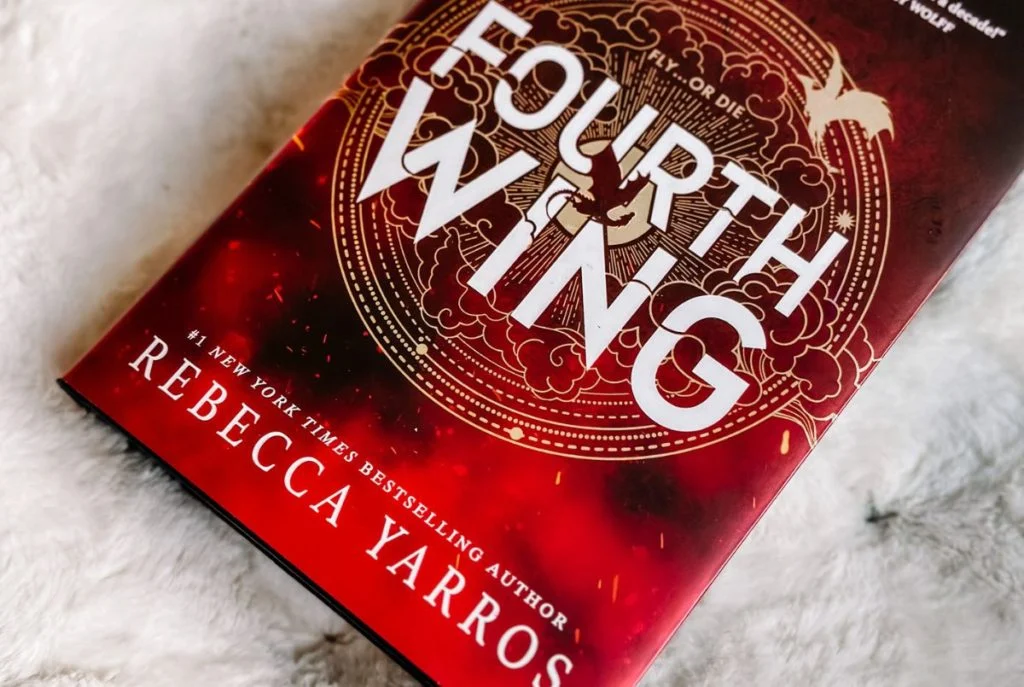Introduction to Fourth Wing Characters
The realm of storytelling is vast and varied, but one element that consistently captivates audiences is the character. Among these, fourth wing characters stand out as uniquely compelling figures in literature and film. They’re not just simply written; they are crafted with layers of complexity that evoke strong emotions and provoke thought. These characters often embody traits that reflect deeper themes within their narratives, making them a vital part of any story.
As we dive into the world of fourth wing characters, you’ll uncover what makes them tick, how to create your own dynamic versions, and common pitfalls to avoid along the way. Whether you’re an aspiring author or simply a fan looking to understand this intriguing concept better, there’s something here for everyone who loves great storytelling. So let’s take flight into this captivating journey!
Characteristics and Traits of Fourth Wing Characters
Fourth wing characters are often defined by their complexity. They possess a blend of strengths and vulnerabilities that makes them relatable and memorable.
These characters typically exhibit resilience, facing challenges head-on despite the odds stacked against them. Their determination drives the narrative forward, creating tension and excitement.
Emotionally rich, they experience growth throughout their journey. Readers witness transformations that resonate deeply, reflecting real-life struggles.
Additionally, fourth wing characters often navigate moral dilemmas. Their choices reveal layers of personality, prompting readers to ponder what they might do in similar situations.
Relationships play a crucial role in shaping these characters. Interactions with others highlight their traits and help develop deeper connections within the story’s fabric.
Examples of Fourth Wing Characters in Literature and Film
Fourth wing characters often serve as the backbone of compelling narratives, adding depth and intrigue. In literature, think of Katniss Everdeen from “The Hunger Games.” She embodies resilience and strength while navigating a dystopian world.
In film, consider Daenerys Targaryen from “Game of Thrones.” Her journey explores themes of power and moral ambiguity, showcasing her evolution as a leader.
Then there’s Frodo Baggins in “The Lord of the Rings,” whose courage drives an epic quest against overwhelming odds. This character shows vulnerability alongside bravery.
Each example illustrates how fourth wing characters can be multi-dimensional—complex personalities that resonate with audiences. They challenge conventions and push stories into new territories, creating unforgettable experiences for readers and viewers alike.
How to Develop a Fourth Wing Character
To develop a Fourth Wing character, start with a clear motivation. What drives them? Understanding their goals will shape their actions and reactions.
Next, delve into backstory. Consider significant events that have influenced who they are today. This history adds depth and makes the character relatable.
Think about their relationships. How do they interact with others? Friendships, rivalries, and family ties can reveal layers of personality.
Don’t forget flaws; no one is perfect. These imperfections create tension and growth opportunities throughout your story.
Give your character distinct traits or quirks. Unique mannerisms or speech patterns can make them memorable to readers while bringing authenticity to the narrative.
Common Pitfalls When Writing Fourth Wing Characters
One common pitfall is creating a one-dimensional character. Fourth wing characters should have depth and complexity, not just serve as stereotypes or tropes.
Another mistake is neglecting their backstory. A rich history adds layers and makes them relatable. Without it, readers may struggle to connect.
Falling into predictable arcs can also weaken your narrative. Audiences appreciate surprise and growth; don’t let them guess the ending too easily.
Additionally, avoid excessive exposition. Instead of telling everything about your character upfront, show their traits through actions and dialogue for a more immersive experience.
Remember that flaws are essential. Perfect characters tend to be uninteresting—embrace imperfection to create authenticity in your fourth wing characters.
Tips for Creating a Dynamic and Compelling Fourth Wing Character
Creating a dynamic Fourth Wing character involves layering complexity. Start with a clear motivation. What drives them? This adds depth and makes their actions believable.
Next, give your character flaws. Perfection can be boring. Flaws create relatable moments that resonate with readers or viewers.
Consider relationships, too. How do they interact with others? Strong connections can reveal different facets of their personality.
Make use of conflict as well. Internal struggles can elevate the narrative, showcasing growth or transformation over time.
Don’t forget about backstory! A rich history informs your character’s present choices and behaviors, making them more relatable and realistic.
Let your characters evolve through experiences. Change is essential in storytelling—it keeps audiences engaged and invested in their journey.
Conclusion
Understanding fourth wing characters can transform your storytelling. These characters often embody complexity, strength, and individuality. They carry narratives that resonate with audiences on multiple levels.
To create a memorable fourth wing character, focus on their distinct traits and motivations. Avoid clichés and strive for authenticity. As you develop them, keep in mind the common pitfalls like making them too predictable or one-dimensional.
By incorporating these elements into your writing process, you can craft dynamic characters that captivate readers and viewers alike. Embrace the journey of character development; it may just lead to your most compelling work yet!
















